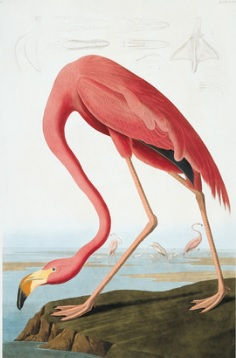
Scientists/Artists
Scientists and artists have some things in common. They ask questions like “What is true? Why does it matter? How can we move forward?” They search for these answers. They have to be creative, develop ideas, and push frontiers.
Do you know some famous artists who were also scientists?
Do you know some famous scientists who were also artists?
"The great scientists are artists as well."
-Albert Einstein

Leonardo da Vinci
Leonardo da Vinci (1452-1519) was an Italian artist most famous for his paintings of the Mona Lisa and the Last Supper. He studied science and used what he learned in his skills as a painter, sculptor, architect, inventor, and engineer. He believed that studying science made him a better artist. He studied science topics like anatomy, botany, zoology, and physics and drew pictures of his scientific observations. He made notes, illustrations, and scientific theories in notebooks.








Charles Wilson Peale
Charles Wilson Peale (1741-1827) was an American painter famous for his portraits of George Washington and leaders of the American Revolution and as the founder of the first major museum in the United States. He was also a scientist, inventor, and naturalist. Peale was very interested in natural history. His museum in Philadelphia had many specimens of birds, bones, fossils, and insects.





John James Audubon
John James Audubon (1785 – 1851) was an American painter and naturalist famous for his studies and artwork of American birds. He made a book called the Birds of America with over 400 images of every bird known in the United States. Audubon created his artwork using scientific observation of birds, mammals, plants, and nature.




Louis Pasteur
Louis Pasteur (1822 –1895) was a French chemist and microbiologist famous for his discoveries on vaccination, fermentation, and pasteurization. He made breakthroughs in the causes and preventions of diseases which have saved many lives ever since. He created vaccines for rabies and anthrax. He invented pasteurization, a technique to stop bacterial contamination. He was also skilled at drawing and painting. He liked to draw portraits when he was younger. Some of his artwork here is a portrait of his father, microscopic organisms, and experiments.



Beatrix Potter
Helen Beatrix Potter (1866 – 1943) was an English author, illustrator, natural scientist, and conservationist famous for children's books with animal illustrations such as The Tale of Peter Rabbit. Her illustrations often showed British landscape and country life. She illustrated and did research on fungi. She was the first to suggest that lichens were symbiotic plants.





Samuel Morse
Samuel F. B. Morse (1791-1872) was an American artist and inventor famous for the telegraph and Morse Code. Some of his paintings here are the Gallery of the Louvre and a portrait of his daughter.



Maria Sibylla Merian
Maria Sibylla Merian (1647-1717) was a German naturalist, entomologist, and scientific illustrator famous for her illustrations of plants and insects. She recorded the life cycles of many insect species. She studied plants and insects in South America.



